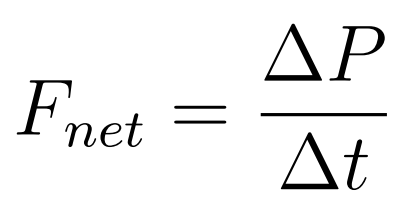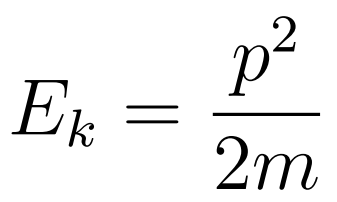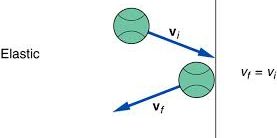Impulse and Momentum - Topic 2.4
Bite-sized Impulse & Momentum Study Notes for IB Physics HL/SL
Table of Contents
Key point
- The net force is the rate of change of momentum
Linear Momentum is defined as the product of an object’s mass and velocity.
- Linear Momentum = P
- Linear Momentum is directly proportional to the object’s mass and velocity.
- Momentum is a vector and has a direction of the velocity
- Units: kgm/s or Ns
Formula Booklet

Formula Booklet

The average net force on a system is equal to the rate of change of the momentum of the system.
- Understand the connection to newton’s second law of motion
PlusPlusTutors
#1 Online IB Tutoring Experience
- Experienced Tutors
- Recorded Lessons
- Accessible anytime, anywhere
- Personalized Tutor Matching
- Safe & Secure Learning System


Key point
- Impulse is a change in momentum
Impulse is defined as the certain amount of force you apply at a given time interval.
- Impulse is a vector quantity (direction is that of the force)
- Unit: Ns (Newton-second)
- Area under a force-time graph = impulse
- Impulse is sometimes denoted by J
Not in Formula Booklet but important


Key point
- If the net force is 0, then the momentum doesn’t change
Conservation of Momentum states that if the net force on a system is 0, then the momentum doesn’t change either. Thus it is conserved.
- If Fnet = 0, then Δp = 0
- Thus there is no change in momentum
- Conserved means ‘constant’ or ‘not changing’
Formula Booklet



Key points
- Kinetic Energy is conserved – elastic collision
- Kinetic Energy is not conversed – inelastic collision
In a collision or explosion, Kinetic Energy may or may not be conserved.
- The total momentum is always conserved (conservation of momentum)
- Through substitution one can obtain following equation:
Formula Booklet


Worksheets
General Impulse and Momentum Questions
Worksheet with Answers
SL Paper 1
Worksheet with Answers
HL Paper 2
Worksheet with Answers
PPT
Impulse and Momentum PPT
Power Point Presentation
Subscribe to the Inertia Newsletter
IB News, Covid-19 Updates, Deadlines, Tips and Tricks, and Hundreds of Free Resources are Awaiting You!
Features
- Study Notes
- Thousands of IB Questions
- Detailed Answers
- Ask-A-Question System



